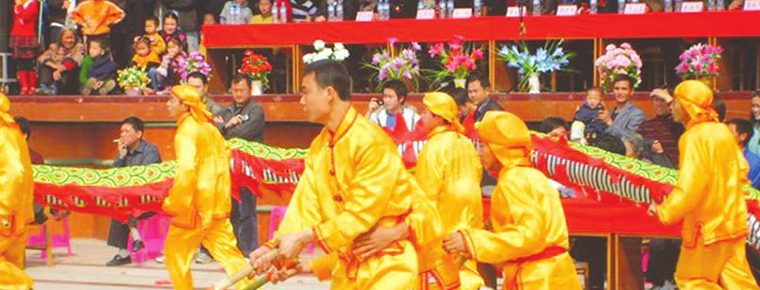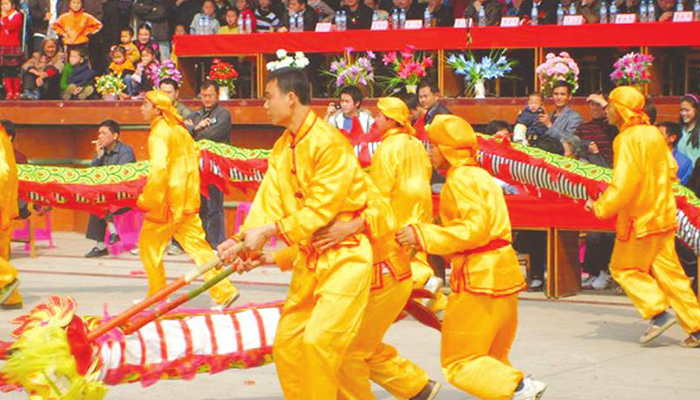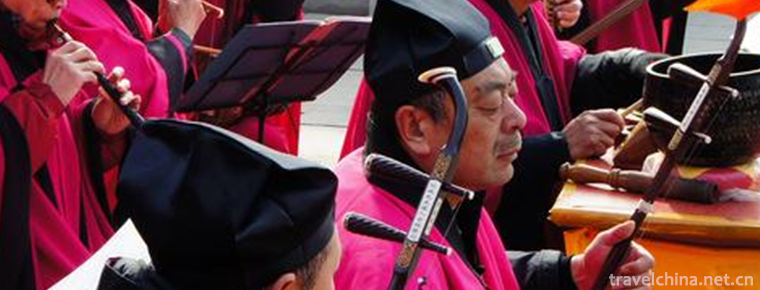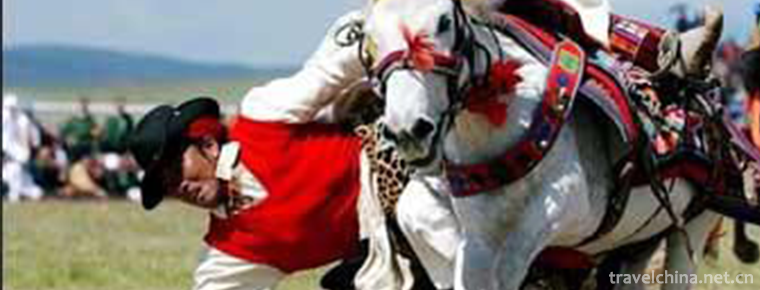2019-04-25

- By ChinaWiki.net
- Chinese Edition
- 2019-05-08
Lion Lamp in Jinggangshan Hall
"Quantang Lion Lantern" is a traditional Wushu athletic project spread in Huzhaoping Village, Shangxiang, Jinggang, Shandong Province. It has nearly 200 years history. It was named the third provincial intangible cultural heritage project in Jiangxi Province in 2010 and the fourth national intangible cultural heritage project in China in 2014. Based on Shaolin Hongjiaquan, the Lion Lantern combines lion and dragon performances with martial arts interpolation. It shows the hard and solid skills of shield and knife, gun and stick. It is the traditional skill of strengthening body, resisting beasts and watching performances at that time.
According to the Ninggang County Chronicle, the custom of practicing martial arts in Huzhaoping Village began in the three years of Qingdaoguang (1824). Lu Nengchang, a disciple of Shaolin secularist, came to the old mountain forest of Huzhaoping Village to burn charcoal and collect herbs for a living. After three or five invitations from villagers, he came out to collect apprentices and teach all kinds of martial arts, and began to form a lion lantern in the whole hall, which has been handed down from generation to generation.
The traditional performance of the lion lantern in the hall is closely related to the festival customs. On the 15th day of the first lunar month, the Lion Lamp of the whole hall, under the leadership of the master, can only perform in the village head, courtyard and halls after entering the ancestral temple to worship ancestral gods and the elders of the village nationality. The main performances include dragon lantern (commonly known as "Three Dragons"), lion dance (also known as "top lion head"), boxing routine, cudgel routine, pair practice, equipment items and shield dance (commonly known as "rattan dance" or "broken card"), seven categories, of which boxing routine, cudgel routine and equipment items are performed by ten people. Every kind of Lion Lantern in the hall has different forms and contents of performance. It combines offensive and defensive fighting with fitness and entertainment. It is accompanied by gongs and drums, suona and grand momentum. Its music accompaniment is played by folk music, such as "Open Singing gong", "Fox Pai Street", "Alpine Dripping Water", "Rapid Wind", "Leisure Road gong", "Lion tune" and "Boxer gong". Music varies according to the dance plot and movement. One item is replaced by another piece of music. Musical elements properly set off the dance. The Lion Lamp in the Hall has been handed down for thirteen generations. Master Shao Bin, the sixth generation, and Lin Guixiang, the seventh generation, are famous folk Wushu masters. During the struggle in Jinggangshan, there were Wushu students from Huzhaoping Village in the Red Army's Longshi Red Army Team, which was founded by the Red Army. Their Wushu was widely taught among the students of the Red Army Team. After the founding of New China, the Lion Lantern of Huzhaoping Village has been passed down. It has participated in the provincial Folk Art Festival and the national folk art performances successively, and glowed with brilliance.

Ask a Question
Your email address will not be published.



0 Questions